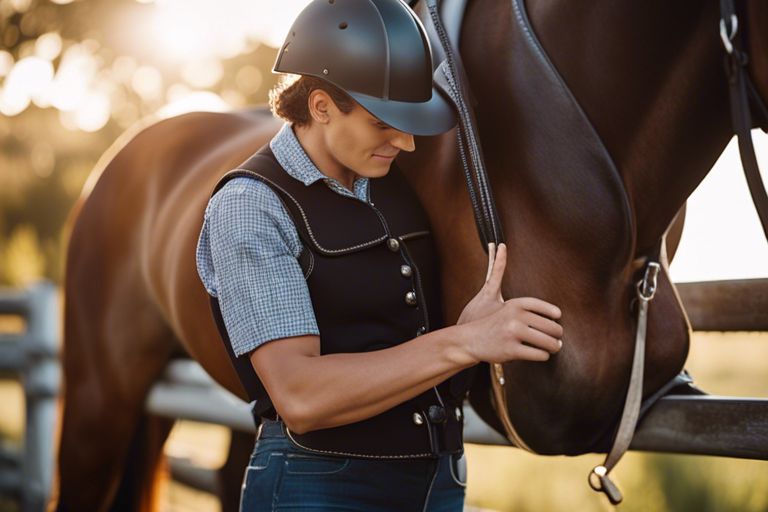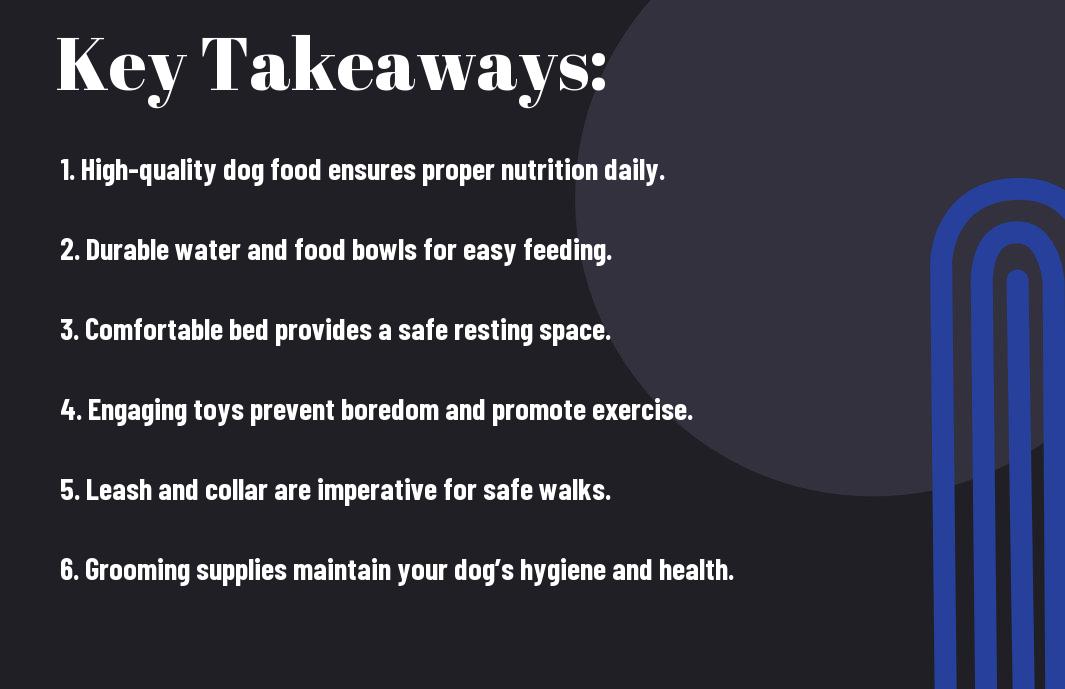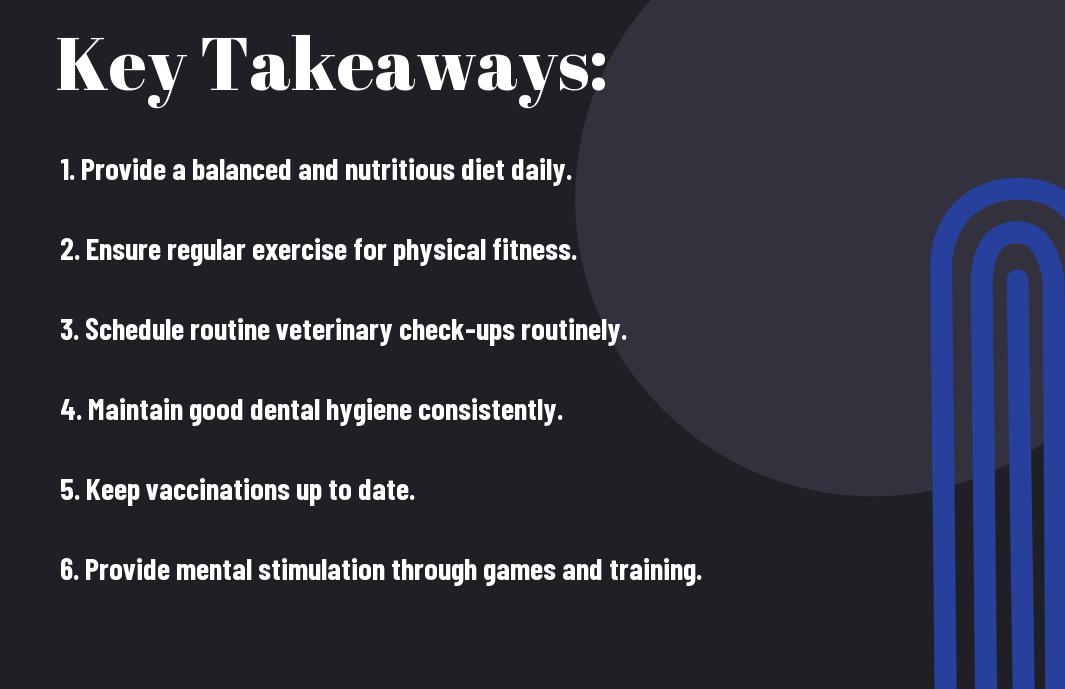Saddle up for a journey into the crucial realm of saddle fit for both you and your equine companion. Ensuring the correct fit is not just about comfort; it directly impacts performance, health, and safety for both rider and horse. Let’s examine into why a well-fitted saddle is paramount for achieving harmony and success in your equestrian pursuits.
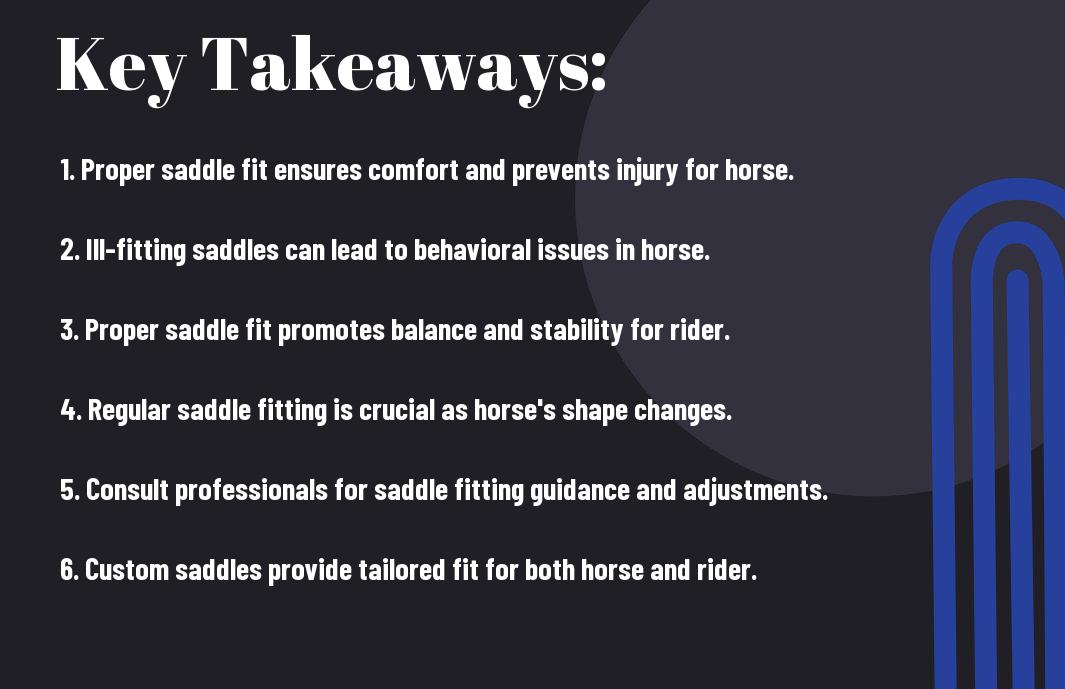
The Anatomy of Saddle Fit
The Horse’s Back: A Complex Structure
Saddle fit is crucial for both you and your horse. Ensuring that the saddle fits your horse’s back correctly is necessary for their comfort and performance. The horse’s back is a complex structure made up of muscles, ligaments, and vertebrae that can be easily affected by an ill-fitting saddle. A saddle that is too narrow or too wide can cause pressure points that lead to soreness, back pain, and even more serious issues over time.
The Rider’s Seat: Balance and Positioning
For you, the rider, finding the right balance and positioning in the saddle is key to a successful ride. Your seat influences how well you can communicate with your horse and impacts your overall riding experience. Being properly aligned in the saddle helps you maintain stability and effectively aid your horse in their movements. Incorrect positioning can lead to discomfort, poor communication, and even accidents during your ride.
Structurally, your position in the saddle affects your horse’s ability to perform as well. A balanced seat allows your horse to move freely and effectively under you, leading to a more harmonious partnership and better performance in any discipline you choose to pursue.
The Consequences of Poor Saddle Fit
Discomfort and Pain for the Horse
One of the most significant consequences of poor saddle fit is discomfort and pain for the horse. When a saddle does not fit properly, it can create pressure points along the horse’s back, leading to soreness and potential long-term issues. If left unattended, this discomfort can escalate into chronic pain, impacting the horse’s overall well-being and performance.
Performance Issues and Behavioral Problems
One of the main ways poor saddle fit can affect your horse is through performance issues and behavioral problems. A poorly fitting saddle can restrict your horse’s movement, causing gait irregularities, resistance, and even behavioral issues such as bucking or rearing. These problems not only hinder your horse’s performance but can also create dangerous situations for you as the rider.
Horse: It is important to address any performance issues or behavioral problems promptly, as they can be indications of an ill-fitting saddle. By ensuring your horse is comfortable and able to move freely, you can prevent these issues from escalating and improve your overall riding experience.
Rider Discomfort and Injuries
With poor saddle fit, not only does your horse suffer but you as the rider can experience discomfort and injuries as well. A saddle that does not fit properly can cause you to be unbalanced in the saddle, leading to aches, pains, and potentially more severe injuries such as muscle strains or even falls.
To: Prevent rider discomfort and injuries, it is crucial to invest in a saddle that fits both you and your horse correctly. By doing so, you can ensure a more enjoyable and safe riding experience for both you and your equine partner.
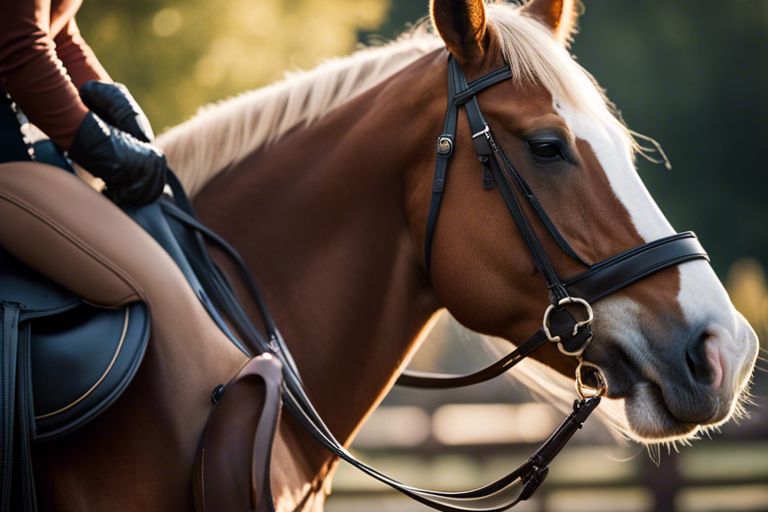
The Benefits of Proper Saddle Fit
Enhanced Comfort and Well-being for the Horse
Wellbeing for a horse is paramount, and proper saddle fit plays a crucial role in ensuring your horse’s comfort and overall health. A well-fitted saddle distributes your weight evenly across your horse’s back, avoiding painful pressure points that can lead to soreness, bruising, and even long-term back issues. By investing in a saddle that fits correctly, you are showing your horse that you care about their well-being and are taking steps to prevent discomfort.
Improved Performance and Behavior
For your horse, the right saddle fit can significantly impact their performance and behavior. A saddle that fits correctly allows for better freedom of movement, enabling your horse to move more efficiently and comfortably. This can enhance your horse’s performance in various disciplines, as they can engage their muscles properly without being hindered by an ill-fitting saddle. Additionally, a comfortable horse is more likely to exhibit positive behaviors, such as willingness to work and improved focus during training sessions.
Performance: A well-fitted saddle can also help prevent issues like bucking, rearing, or resisting cues from discomfort caused by an improperly fitting saddle. When your horse is comfortable and able to move freely, they are more likely to perform to the best of their abilities, leading to a more enjoyable riding experience for both of you.
Increased Rider Confidence and Safety
With a saddle that fits properly, you can also benefit from increased confidence and safety in the saddle. A well-fitted saddle provides stability and security, helping you feel more balanced and in control during rides. This can boost your confidence, especially when tackling challenging terrain or engaging in high-intensity activities.
Benefits: Knowing that you and your horse are comfortable and well-equipped can give you peace of mind and enhance your overall riding experience. The right saddle fit not only improves your riding performance but also ensures a safer and more enjoyable time spent in the saddle.
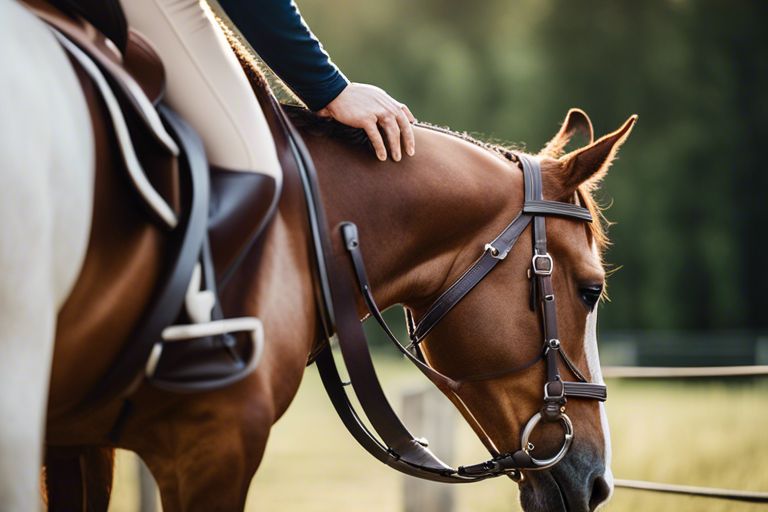
Factors Affecting Saddle Fit
Your saddle fit is crucial to ensuring the comfort and well-being of both you and your horse. Several factors can affect the fit of a saddle, impacting the overall riding experience. Understanding these factors will help you choose the right saddle for you and your equine partner. Knowing these variables will enable you to make informed decisions for the comfort and safety of both you and your horse.
Horse Breed and Body Type
An important factor that influences saddle fit is your horse’s breed and body type. Different breeds can have varying conformation characteristics, such as high withers, wide backs, or short coupled frames. It is crucial to consider these physical traits when selecting a saddle to avoid discomfort or even injury for your horse. Knowing your horse’s breed and body type will help you choose a saddle that fits correctly and allows for optimal movement and performance.
Rider Weight and Riding Style
One aspect that directly impacts saddle fit is the rider’s weight and riding style. The weight distribution on the saddle must be evenly distributed to prevent pressure points that can cause discomfort or pain for your horse. Additionally, your riding style, whether you are a leisure rider or engage in competitive disciplines, can also affect the type of saddle that would best suit your needs. Knowing how your weight and riding style influence saddle fit will help you select a saddle that provides stability and comfort during your rides.
A well-fitted saddle is crucial to ensure proper weight distribution and support for both you and your horse. A saddle that is too small or large can cause discomfort, leading to potential health issues for your equine partner. Additionally, your riding style, whether you prefer English or Western disciplines, can determine the type of saddle that best suits your needs. It is crucial to consider these factors when selecting a saddle to enhance your riding experience.
Saddle Type and Quality
Weight plays a crucial role in saddle type and quality. Different disciplines require specific saddle types, such as dressage, jumping, or trail riding. The quality of the materials used in the saddle’s construction can also affect its durability and comfort for both you and your horse. Another important aspect is the fit of the saddle tree, ensuring it matches your horse’s back shape to avoid any fitting issues or restrictions in movement. It is crucial to invest in a high-quality saddle that fits correctly to prevent discomfort and promote optimal performance.
Another aspect to consider is the quality of the saddle’s construction and materials. A well-crafted saddle made from high-quality materials will not only provide comfort and support but also ensure durability for years to come. Additionally, the type of saddle, whether it is synthetic or leather, can impact its fit and overall performance. Investing in a high-quality saddle that matches your riding needs and preferences is crucial for the well-being of both you and your horse.
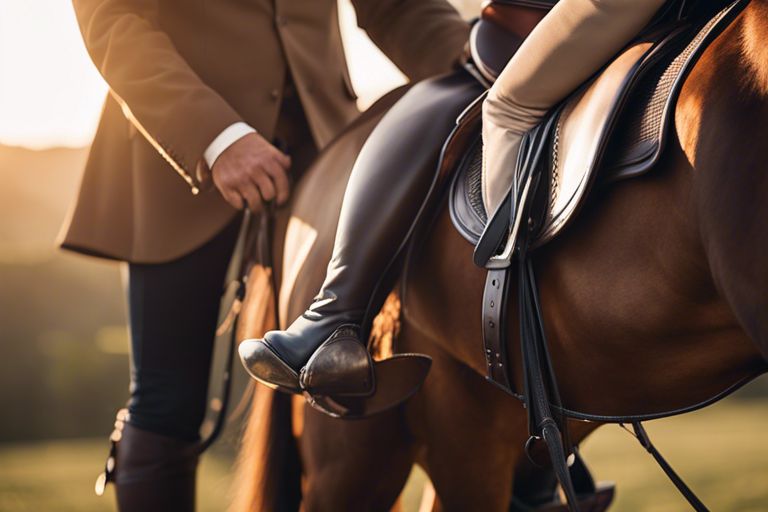
Saddle Fitting Techniques
Static Fitting: Measuring the Horse
After carefully placing the saddle on your horse’s back, it’s necessary to ensure it fits correctly. Static fitting involves measuring your horse’s back to determine the optimal saddle size and shape. By assessing the width and length of your horse’s back, you can select a saddle that distributes weight evenly and avoids pressure points.
Dynamic Fitting: Riding and Adjusting
In the matter of adjusting the saddle fit, nothing beats testing it out in motion. Dynamic fitting involves riding your horse and making adjustments as you go. Pay attention to how the saddle feels as you ride – does it shift, slide, or cause discomfort? Making precise adjustments such as adding padding or changing the gullet width can greatly enhance both you and your horse’s comfort and performance.
Measuring the fit of your saddle while riding is crucial for ensuring proper alignment and balance. A well-fitted saddle allows you to maintain a secure seat and communicate effectively with your horse, leading to a more harmonious riding experience.
Regular Check-ups and Maintenance
Riding regularly in your saddle can result in wear and tear over time. It’s important to schedule regular check-ups to assess the fit and condition of your saddle. Small issues such as loose stitching or uneven flocking can affect the fit and comfort for both you and your horse.
With regular maintenance, you can prolong the lifespan of your saddle and prevent potential injuries caused by an ill-fitted or damaged saddle. By staying attentive to your saddle’s condition and fit, you can ensure a safe and enjoyable riding experience for you and your horse.
Common Saddle Fit Mistakes
Ignoring the Horse’s Conformation
Mistakes happen when you ignore your horse’s conformation when fitting a saddle. Each horse is unique, and their conformation plays a crucial role in how a saddle should be placed. Failing to consider your horse’s build can lead to discomfort, restricted movement, and even long-term health issues.
Failing to Account for Rider Variables
On your part, it’s a mistake not to consider the rider variables when choosing a saddle. Your weight, height, and riding style all influence the fit of the saddle. **Ignoring** these factors can result in poor weight distribution, imbalance, and discomfort for both you and your horse.
Plus, a saddle that doesn’t suit your body type can make it challenging to maintain a correct position while riding, affecting your balance and overall performance. It’s crucial to find a saddle that fits both you and your horse to ensure a comfortable and effective riding experience.
Neglecting Regular Saddle Adjustments
**Adjustments** can be detrimental if you neglect regular saddle adjustments. As horses change shape due to muscle development, weight loss or gain, and seasonal fluctuations, their saddle fit requirements also change. Failing to adjust the saddle accordingly can lead to soreness, pinching, and behavioral issues in your horse.
A poorly fitting saddle can cause discomfort, pain, and even injuries to your horse. Regular saddle adjustments are important to ensure a **safe** and comfortable riding experience for both you and your equine partner.
To wrap up
With this in mind, it is crucial to understand the significance of saddle fit for both you and your horse. A well-fitted saddle ensures your comfort and stability while riding, allowing you to communicate effectively with your horse. It also prevents potential injuries for both you and your equine partner, enabling them to move freely and without discomfort. Investing time and effort into finding the right saddle fit will ultimately benefit the well-being and performance of both you and your horse.
Q: Why is saddle fit important for both the horse and rider?
A: Saddle fit is crucial as it ensures the comfort, safety, and performance of both the horse and rider. An ill-fitting saddle can lead to discomfort, pain, and even injury for both parties.
Q: How can an ill-fitting saddle affect the horse?
A: An ill-fitting saddle can cause a range of issues for the horse, such as soreness, muscle atrophy, and even long-term damage to the back and spine. It can also lead to behavioral problems and resistance during rides.
Q: What are the signs of an ill-fitting saddle for the rider?
A: Riders may experience discomfort, such as pain in the lower back, hips, or knees, when using an ill-fitting saddle. They may also struggle to maintain proper position and balance while riding.
Q: How can riders ensure the saddle fits both them and their horse properly?
A: Riders can consult with a professional saddle fitter to ensure the saddle fits both them and their horse correctly. Regular check-ups and adjustments may also be necessary as the horse’s shape and the rider’s fitness level change over time.
Q: What are some common misconceptions about saddle fit?
A: One common misconception is that using a thick saddle pad can compensate for an ill-fitting saddle. In reality, saddle fit is about more than just padding; it is about distributing the rider’s weight evenly and allowing for freedom of movement for the horse.
